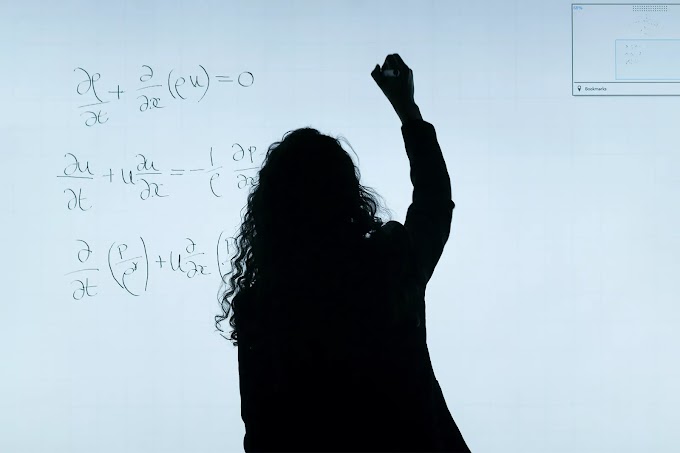-Samikshya Kar
The discovery of the atom long back in 1800 by Dalton addressed the answer to the curiosity of composition of matter for the first time. Further exploration of the creations inside the atom led to the quest of finding the structure of it and eventually to the discovery of many subatomic particles.
These tiny particles are glued together by their interaction forces making up the atoms which further construct the matter. The interaction forces acting between the particles are called the fundamental forces of nature. The fundamental forces are of four types: Gravitational force, Electromagnetic force, Strong nuclear force and Weak nuclear force. With the advancement of science, it came into notice that the fundamental forces are also mediated by certain types of elementary particles. So, there came an increment in the list of the primary particles of nature.
Even after that, the science of the current times has not yet been able to complete the task of uncovering the atomic world fully because recently in 2012 a new particle was discovered and there are several experiments going on in today's date that can probably give us a(many) new particle(s). Thus, the quest of finding the structure of the atom continues till now.
However, as organization is essential everywhere, there came up a necessity to bring all the identified fundamental particles into a single theory, a theory that serves as the “identity card” for every elementary particle brought into light at that time. In the year 1975, the term Standard model was coined by two scientists named Abraham Pais and Sam Treiman for a theory that correctly classifies and describes every elementary particle. The term was given with reference to the theory of electroweak interaction(to be discussed later) that was discovered around that time.
The modern Standard Model of Particle Physics (SMPP) takes together all the seventeen elementary particles discovered till now and defines each of them accurately. It is said that the answers to the huge and most bewildering mysteries of the Universe can be found by delving deeper to the most elemental level. It is incisively true because the SMPP has explained most of the experimental results quite correctly and it predicts a great array of new phenomena precisely. It is a stable and well-tested theory and is credited entirely to the persistent dedication of many scientists working from the 1930s. Many contemporary phenomena predicted by the SMPP can give birth to the discovery of several new elementary particles i.e. the Standard model is able to predict new members of itself. The SMPP also throws light into the antiworld and gives us knowledge about the anti-partners of its dearest members.
However, as I have mentioned in the start of the text that the structure of an atom has not yet been completely unravelled so the modern form of SMPP is incomplete even now and that is one of the major loopholes of this well built theory.
Here, I will point out only three of the major shortcomings of SMPP as drawbacks are as important as achievements in order to give a proper analysis of any topic. The list:
The Standard model has force carrier particles of only three of the four fundamental forces. Gravitational force and its mediating particle, called the graviton, still remains a mystery to the SMPP, science and to us. Graviton particle is not experimentally discovered yet and we don’t even know clearly whether Gravitational force can be quantized or not.
It is very crucial to know that our universe is dominated by a mysterious type of matter known as Dark matter. Associated with it is the dark energy which is even more mysterious than dark matter. But the Standard model is unable to clarify what dark matter is and what it is composed of. There may be some new particles that constitute Dark matter and if they exist, they should be included in the SMPP.
I have very briefly described antimatter in the text above. Although antimatter has been discovered, still it is not as abundant as matter in today’s Universe. This matter antimatter asymmetry remains a perplexing puzzle to science till now. Standard model is unable to reason this observation.
There are several other disadvantages of the theory of SMPP and we will get across them as we proceed through the series. It is worth noting that the current model is the best description of the elementary world inside the atom but best doesn’t necessarily mean it is complete. In the next section, we will get to know about the different members of the Standard Model.
| Description of the Figure: The figure gives an idea about the Current Standard model with all the particles discovered till date but with their names not disclosed till now. The names of the particles will be disclosed in the upcoming articles. |
Till then, Sayōnara! :)
Written By-
Samikshya Kar

